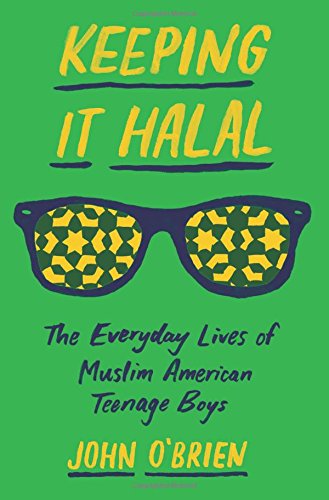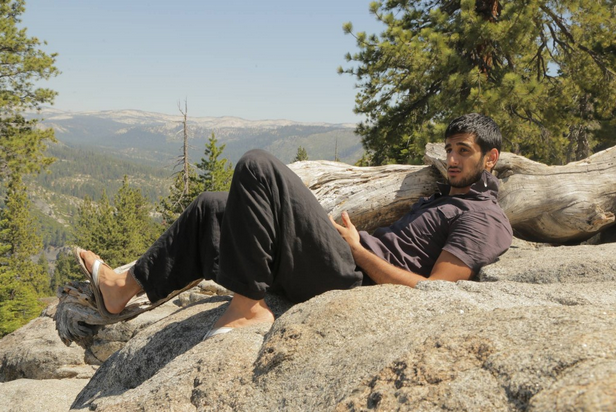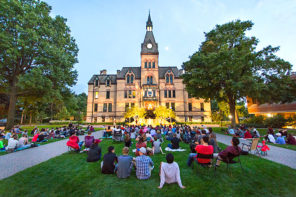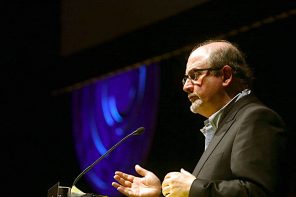What inspired you to write Keeping It Halal: The Everyday Lives of Muslim American Teenage Boys?
I am a Muslim convert. I was raised Catholic and converted to Islam in 2003. Three years later, I began a graduate program in sociology at UCLA. I was interested in ethnographic methods—where the researcher spends a long period of time with a small group of people and writes about patterns in their behavior and social context—and I thought that looking at a Muslim American community in the post 9/11 era might make for an interesting project. Getting to know so many different kinds of Muslims after converting—and seeing how little most non-Muslims knew about them—spurred my interest in trying to conduct a research project that got inside the social worlds of Muslim Americans.

Keeping It Halal: The Everyday Lives of Muslim American Teenage Boys
John O’Brien
Princeton UP
September 12, 2017
What’s the most important take-home message for readers?
That Muslim teenagers in America are American teenagers as much as they are Muslims. When considering Muslims—or any group different than ourselves—we often highlight what seems most foreign, and we miss the underlying, and often more mundane, human similarities. These young men, who I spent three and a half years with, were not preoccupied with issues of terrorism, extreme religiosity, or even Islamophobia, but were wrestling with the same tricky issues most teenagers deal with—early romantic relationships, pop culture obsessions, balancing parental and peer social demands, and occasional scuffles at school. These everyday teen dilemmas were, in their case, intertwined with concerns about Islamic religious propriety as locally defined, and they therefore constantly had to find ways to creatively manage these cultural tensions in their daily lives. In the book, I argue and show that this ongoing need to navigate what I call “culturally contested lives” during their teen years makes these young Muslim men profoundly similar to—rather than fundamentally different from—most American young people.
Is there anything you had to leave out?
There are some specific stories about certain young women in the community participating in dating that I kept out at the request of the families of these young people. Dating and pre-marital romantic relationships remain highly sensitive issues in many Muslim American communities. In many cases, the concern is more about the social reputation of the young woman and her family than whether or not the parents think it is appropriate to engage in any sort of dating behavior. Either way, I was not interested in making life difficult for the people I was studying, so that came out of the book. Fortunately, I think there is enough material from the boys’ side in the book to demonstrate the desire of these young people to date in ways that felt both acceptably American and appropriately “Islamic,” and to show just how complicated and fraught a task that can be.
What are some of the biggest misconceptions about your topic?
“The vision of Muslim Americans, and Muslim American youth, as continually oppressed victims can be just as much of a flattening stereotype as images of young Muslims as potential terrorists.”
While we all know that some people assume that young Muslim Americans are potential ISIS recruits, many people also assume that young Muslim Americans are dealing primarily and almost constantly with anti-Muslim discrimination and harassment. Before I began this project, I was part of this second group. I assumed that dealing with everyday Islamophobia would be the central story of the book before I got to know these kids. While harassment and discrimination was certainly happening to some extent, and I cover this in Chapter 5 of the book, these issues were simply not the central concerns of these young people. I came to realize, in part from talking to my young Muslim interlocutors, that the vision of Muslim Americans, and Muslim American youth, as continually oppressed victims can be just as much of a flattening stereotype as images of young Muslims as potential terrorists. In both cases, the complex and multi-dimensional humanity of Muslim young people is lost, and the effect can be highly disempowering.
Did you have a specific audience in mind when writing?
I hope the book can be read and appreciated by undergraduate students of varying backgrounds, as well as more general readers. If these readers are Muslim, or from highly religious or immigrant communities, I hope they recognize something of their own lives in the book. If they are not, I hope the book might give them a sense of what is it really like to be a Muslim young person—or a young member of any minority religious, immigrant, or ethnic group—in America these days.
Are you hoping to just inform readers? Entertain them? Piss them off?
I hope readers will leave with a sense of these young Muslims as complex, multi-dimensional people. One of my sociological heroes, Mitch Duneier, says that he believes one of the central powers of ethnography as a social scientific method is its ability to “show the people.” I hope that my book can effectively do this for the young people I met, and maybe leave readers with a changed sense of what being a Muslim young person is and means.
What alternative title would you give the book?
Trying to Be Cool and Muslim in America.
How do you feel about the cover?
I think it’s great. It visually portrays the blend of cool and Islamic styles that these kids were constantly trying to manifest.
Is there a book out there you wish you had written? Which one? Why?
In addition to Mitch Duneier’s Sidewalk, I would say Eli Anderson’s Code of the Street. It’s such a wonderful example of using the ethnographic method to dig beneath common stereotypes and reveal the social dynamics underlying a supposedly well-understood phenomenon. In his case, he’s looking at the situation of inner-city violence among young African American men. By carefully observing, listening, documenting, and then analyzing, he is able to show that what is really going on with these ostensibly “violent” youth is in fact about the constant need to protect oneself in a context of pervasive danger. These are the kind of powerful, stereotype-defying truths—still very necessary, unfortunately—that well-done ethnography can reveal.
What’s your next book?
My next project will be sort of the reverse of this book, in which I’ll investigate how people from the “West”—the US and the UK, mostly—adjust to and manage cultural tensions when living in an “Islamic” context, that of the United Arab Emirates. I’ve spent over a year hanging out and talking to people at a social club for Westerners and conducted interviews of mostly white British and American expatriates. Central themes emerging in this project so far include how white migrants from Europe and America construct and maintain a pan-Western white identity within a highly multicultural Arab society, as well as how expats coming from Western liberal democracies adjust their everyday practices and behaviors to conform to a different kind of social and political ethos. I’m well positioned to research this, as I’m currently living and teaching as an American in the UAE myself.





